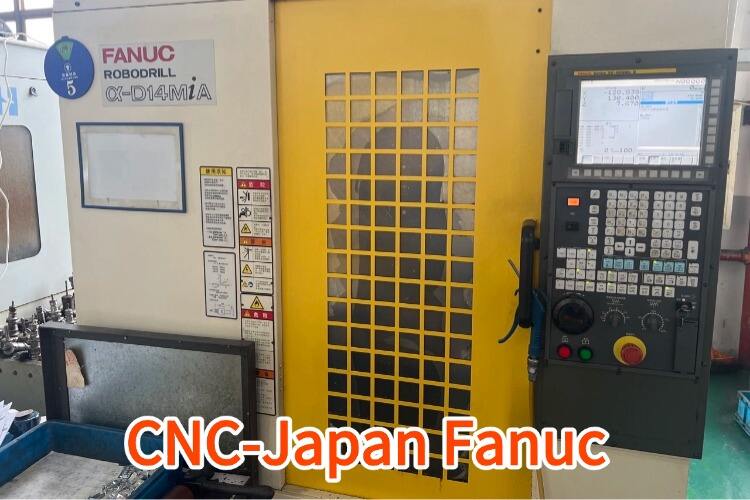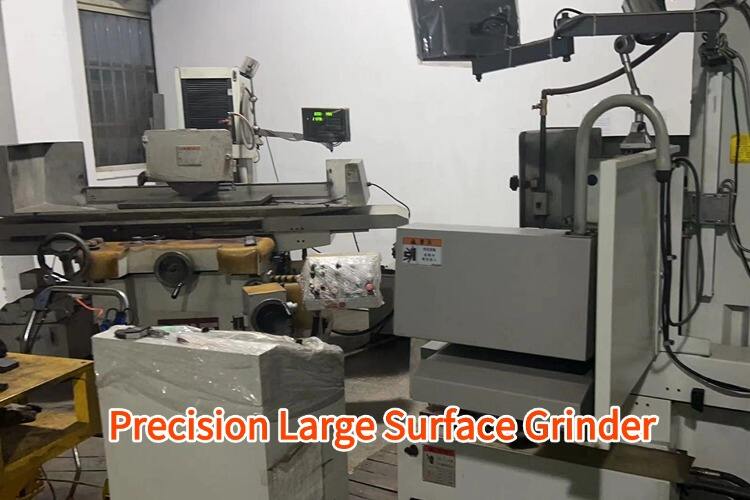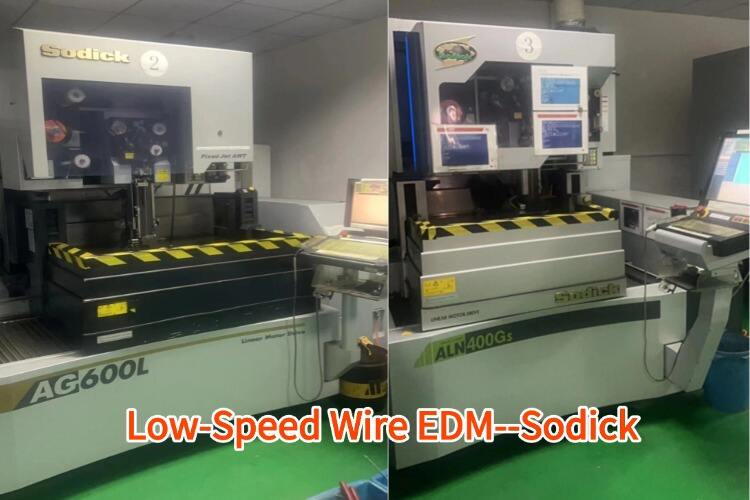sheet metal stamping
Sheet metal stamping is a sophisticated manufacturing process that transforms flat metal sheets into specific shapes through mechanical deformation. This versatile technique employs specialized tools and dies to create precise components for various industries. The process begins with feeding metal sheets into stamping presses, where tools apply controlled force to shape, cut, or form the material into desired configurations. Modern sheet metal stamping incorporates advanced technologies, including progressive dies that perform multiple operations in sequence, and automated feeding systems that ensure consistent production quality. The technology excels in producing both simple and complex components, from basic brackets to intricate automotive parts. Key applications span across automotive manufacturing, aerospace components, electronics housings, and consumer appliance parts. The process can handle various materials, including steel, aluminum, copper, and brass, with thickness ranges from thin foils to substantial sheets. Advanced stamping operations can achieve tight tolerances and superior surface finishes, making it ideal for precision components. The process supports both low and high-volume production runs, offering scalability to meet diverse manufacturing needs.


